Separation anxiety in dogs can make your life, and your dog’s, much more challenging than it needs to be. The good news is that it is fixable and you can stop the barking, whining, chewing, digging, and pawing. Your leadership is the key ingredient to changing this behavior to create a calm and secure dog.

Separation Anxiety Dogs Symptoms: What Does it Look Like?
Mild to moderate separation anxiety in dogs can look different depending on the dog or situation. Whether you call it boredom or lack of training, separation anxiety is any obsessive way a dog finds to occupy their time. Some examples are:
- Inability to self-settle without a specific person, or sometimes just any human, present
- Pacing, chewing, digging, pawing, or barking can become so routine that it’s not recognized or called separation anxiety.
- Following you from room to room, not letting you out of sight
These symptoms can be handled with some basic changes in living with your dog. Dogs with moderate to severe separation anxiety may need additional training support as detailed below.
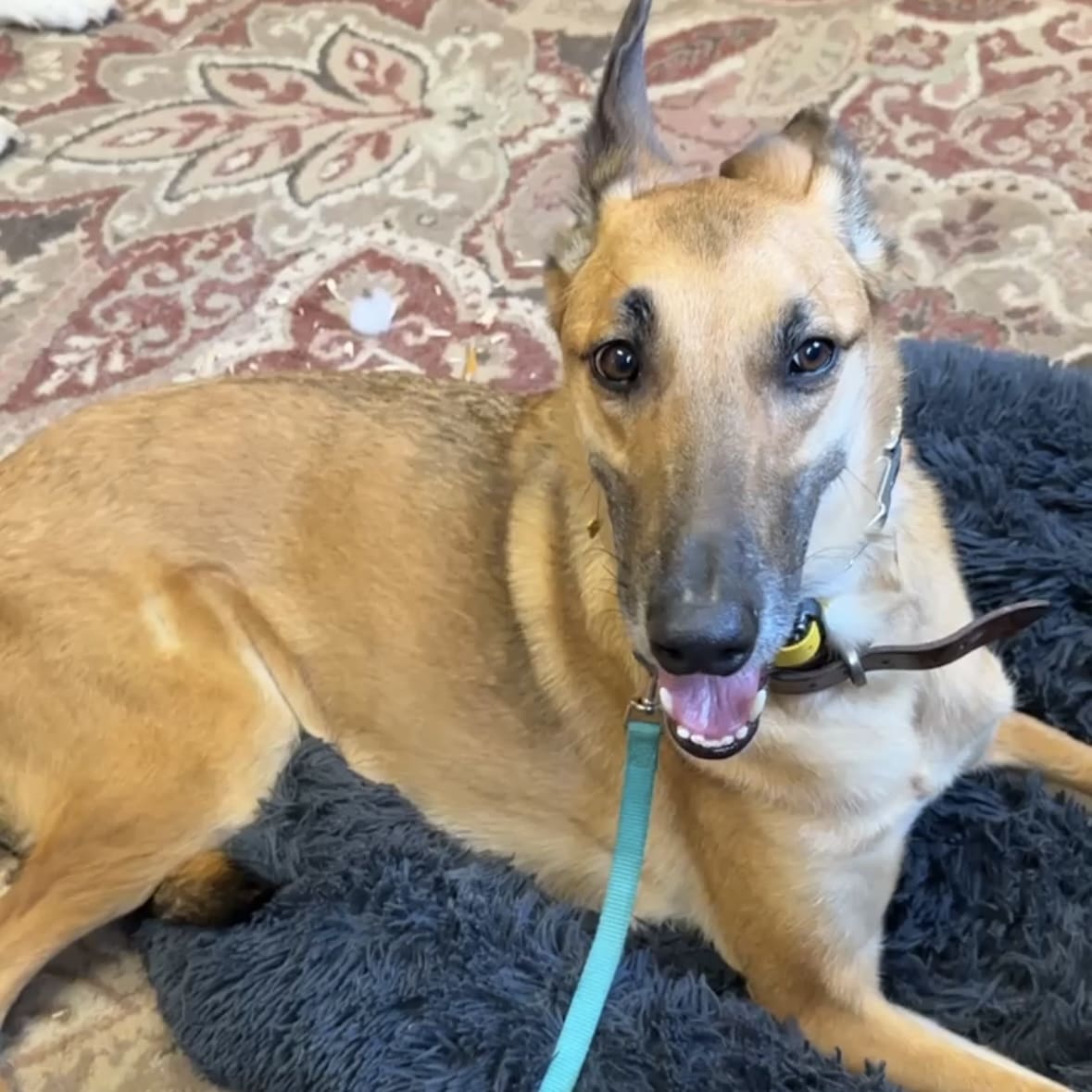
Curing Dog Separation Anxiety Quickly (Mild Separation Anxiety)
Leadership: Guidance, Direction, and Control
The feeling of being in a situation with no clear direction is a relatable feeling for humans. Feeling at loose ends can even make us anxious. When dogs sense a lack of clear direction it can result in some not-so-great behavior choices. When dog owners don’t step up and give clear direction to a sensitive insecure dog, separation anxiety can inadvertently be reinforced. What anxious dogs especially need is an assertive leader.
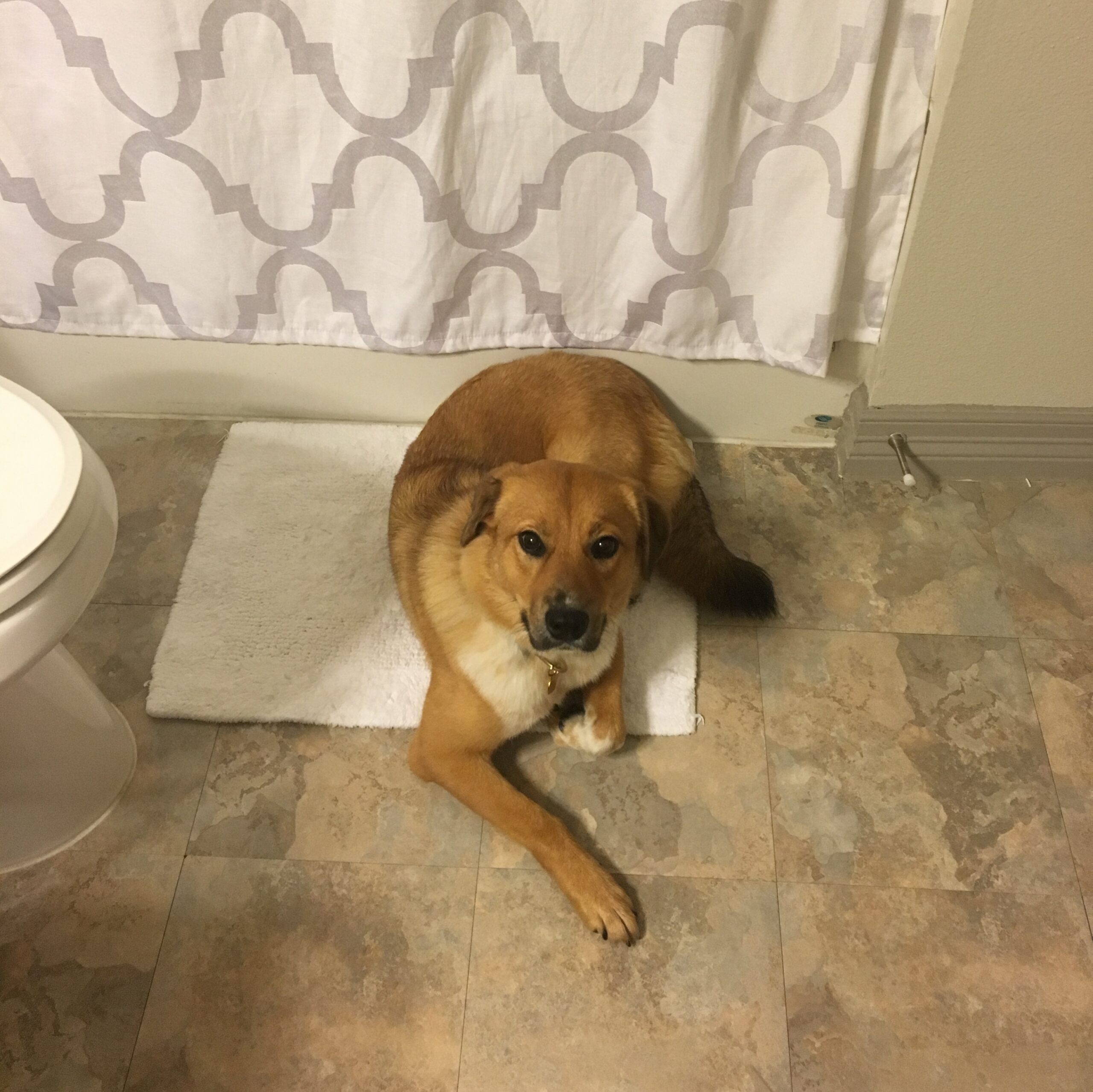
What is a Job for Your Dog?
Leading your dog to make better choices starts with managing and determining what your dog can and cannot do. Your essential leadership and management give your dog a job to follow through on. The most direct way to work more management into your day-to-day life is to work on Full Crate Training and Structured Walks. Much of this consists of practicing consistent simple commands. Using training tools properly will make the process go much faster.
- Instead of letting your dog pace around the house, teach them Place duration work.
- Instead of letting your dog pull you around on a walk or stop whenever they decide, introduce some Structured Walks.
- Instead of letting your dog choose where they sleep at night and nap during the day, work toward Full Crate Training.
These are the easiest and most basic structures that give clear direction to a dog’s daily life that can ease minor separation anxiety and help avoid the onset of future separation anxiety. You’re working towards a calm state of mind, and addressing your dog’s separation anxiety is the first step.
Even older dogs, especially rescues, can be trained out of separation anxiety. Crate training for separation anxiety in older dogs is one of the most successful ways to manage it. Depending on how anxious/nervous your dog gets, ramping up the management of a dog’s behavior is always necessary to encourage a more secure dog.
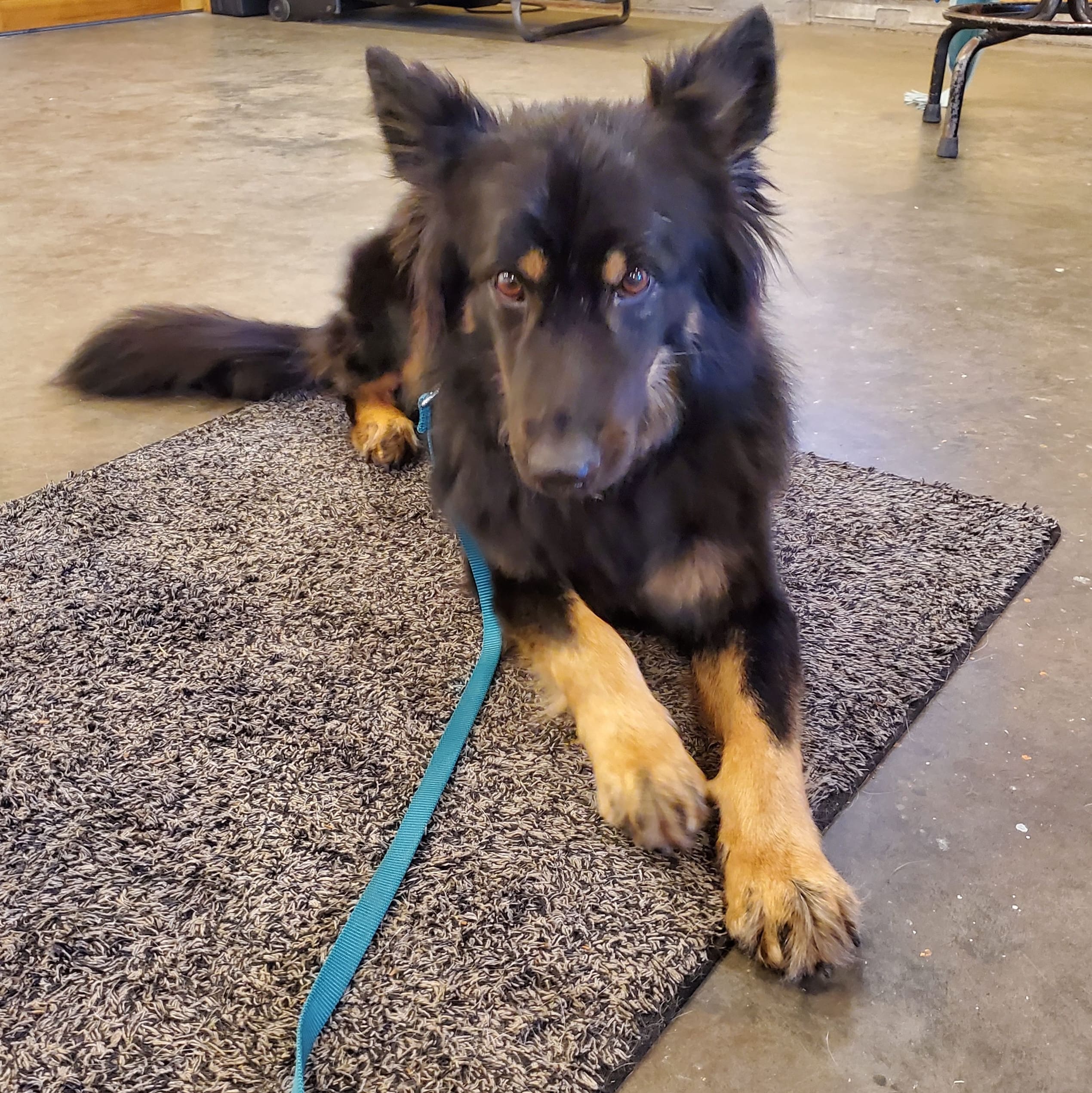
Severe Separation Anxiety in Dogs
For more intense, established separation anxiety, a larger overhaul and more rigorous training routine is required. Moderate to severe separation anxiety includes:
- Continuous barking, howling, or whining
- Peeing or pooping inside when left alone
- Destruction of objects like pawing the front door and doing damage to furnishings
- Ingesting items that lead to vet visits
A severe state can include attempting to escape by any means possible like jumping a fence, or barging out the door whenever you try to leave. It is common to see an inability to settle when you’re gone, no matter how long you’re away, excessive panting, or at its worst, behaviors that endanger their own life or reactivity that endangers someone else’s.

The wire crate door is bent from the dog previously trying to escape due to separation anxiety and before proper crate training.
Crate Training and (Moderate) Separation Anxiety
Many dogs with moderate to severe separation anxiety will try to break out of a dog crate. Do not simply lock your dog up and leave. Resolving these behaviors can be a slow process and may require professional help. Start slowly, first with Structured Walks and teaching the Place command. If your dog already sleeps in a crate, at night, with the door open, start to slowly move towards Full Crate Training. Feed meals in the crate with the door open. Put your dog in the crate for 5 minutes and close the door while you sit nearby. Learn to correct your dog and instruct them how to settle which is indeed a job you are assigning them. It is a slow process but well worth it for your sanity and your dog’s safety. Resolve your dog’s separation anxiety with confident leadership and don’t hesitate to get the instruction you need to train the family dog you’ve always wanted.
Our In-Person Programs
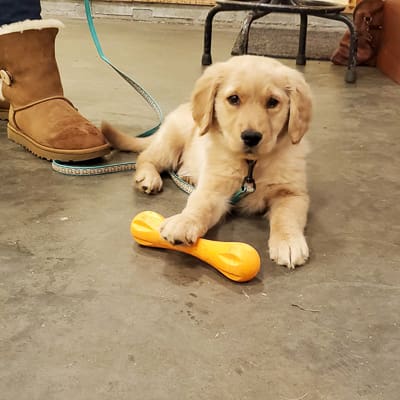
Team Puppy Training
Encourages your leadership and show how you to nurture good behavior.

Foundation Training
Covers the basics of good dog behavior as well as some behavior modification.
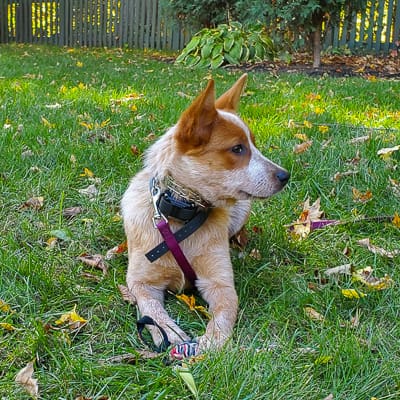
Remote Collar Training
Foundation Training with e-collar for total off-leash freedom and behavior modification.
What our clients have to say...
Dog Coach listened carefully and observed keenly my interaction and tone of voice with Bella. At nearly 6 months now, she is the best-trained dog I've had. It was a worthwhile experience!
We want to thank Dog Coach for your patience and encouragement! Our dogs are really coming into their own as the perfect family dogs we were looking for!
Such a great investment! We got a puppy and had a toddler... It was overwhelming at first. Working with Dog Coach has been the gift that keeps on giving.
